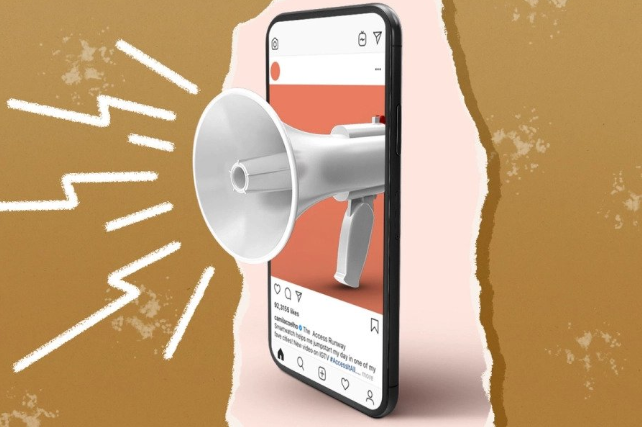Sonic branding agency amp asked participants to rate audiovisual and visual-only logos based on common attributes.
Marketers might want to consider unmuting their brands’ logos.
Since many TikTok, Instagram, and YouTube users scroll with sound on, and brands are licensing music or even creating custom songs reminiscent of jingles to add sound to their posts. Now, a study from sonic branding agency amp finds that syncing audio with the visuals in a logo could produce better results than simply adding music.
Volume up: Amp asked 300 US-based participants to watch 15 visual logos—12 real and three created for the sake of the experiment—both with and without an accompanying sonic logo, and then rate them based on a handful of brand attributes considered to be positive, plus a couple of negative attributes.
Audiovisual logos were rated to be more authentic, relatable, trustworthy, unique attention-grabbing, and likable than visual-only logos, amp found. Participants also rated audiovisual logos as less generic and less dull.
In sync: From there, amp asked an additional 300 participants to rate the three fictional brands based on the same attributes, but with an additional element added to the study: All three were given audiovisual logos with either no motion, motion synced to the audio, and unsynced motion.
Logos with synced motion were largely rated higher on all the positive attributes than motionless and unsynced logos, amp found:
They were seen as more authentic, unique, attention-grabbing, and likable compared to the other two logo styles.
The synced-motion logos were also rated as less generic and dull.
The unsynced logos were, however, rated as slightly more relatable and trustworthy than the synced motion and motionless logos. That could be because in some instances, people prefer less edited, “casual content,” Rex Hirschhorn, a research and insights consultant for amp, and one of the authors of the study, said.
“Not everything is perfect,” he said. “Not everything does line up. It’s a little bit easier to digest. At the same time though, the significant difference really lies within synched motion. It pretty much performed better across the board.”
Best of the rest: The audiovisual logo study was part of amp’s sixth annual Best Audio Brands report. Mastercard, an amp client with a detailed sonic branding plan, topped the list, which is largely based on whether a brand has a full sonic identity and how often it’s being used, according to Bjorn Thorleifsson, amp’s director of research and insights.
Shell came in second, followed by insurance company Swiss Re.
AutoZone and Norwegian telecom Telenor rounded out the top five. (Shell and Telenor are both former amp clients.)
Other major US brands in the top 10 include Old Spice and Burger King, which doesn’t even have an official sonic logo, Hirschhorn said. Regardless, its songs have infiltrated social media feeds (and probably your brain). Two other fast-food chains, Popeyes and Little Caesars, joined Burger King in the top 15, but McDonald’s and its undeniably catchy jingle was notably absent from even the top 50, coming in at No. 81 on the list.
“Sonic branding is a marathon, it’s not a sprint,” Thorleifsson said. “McDonald’s, at the moment, can jog rather than sprint, because they’ve done the sprinting.”

